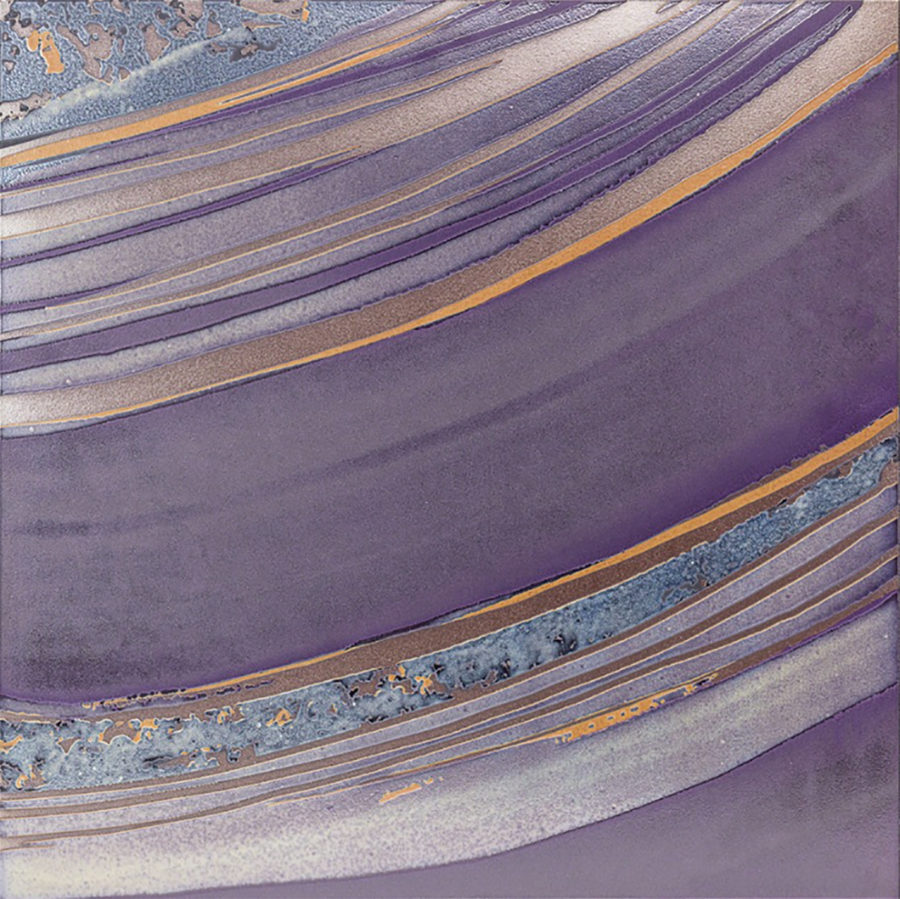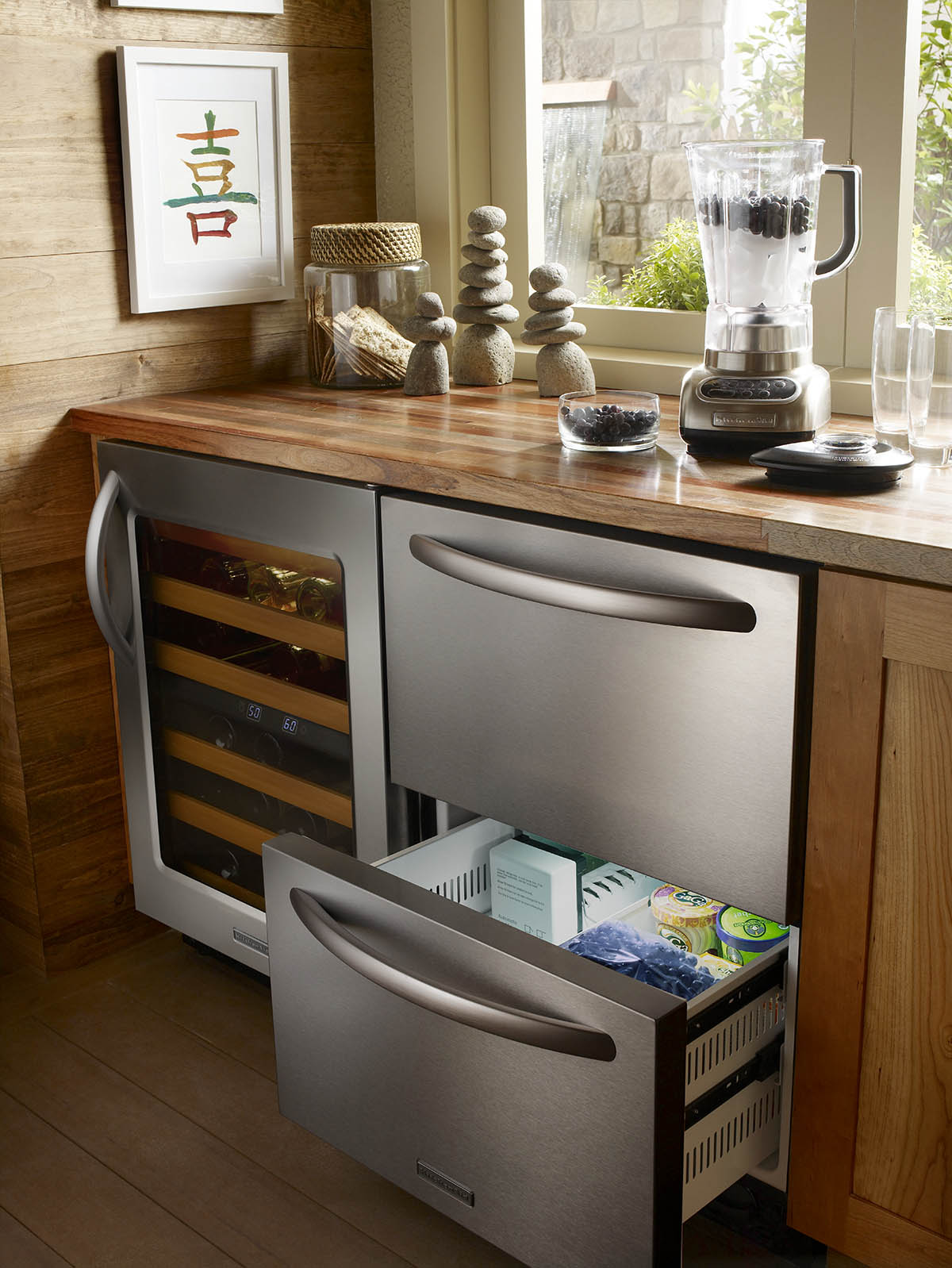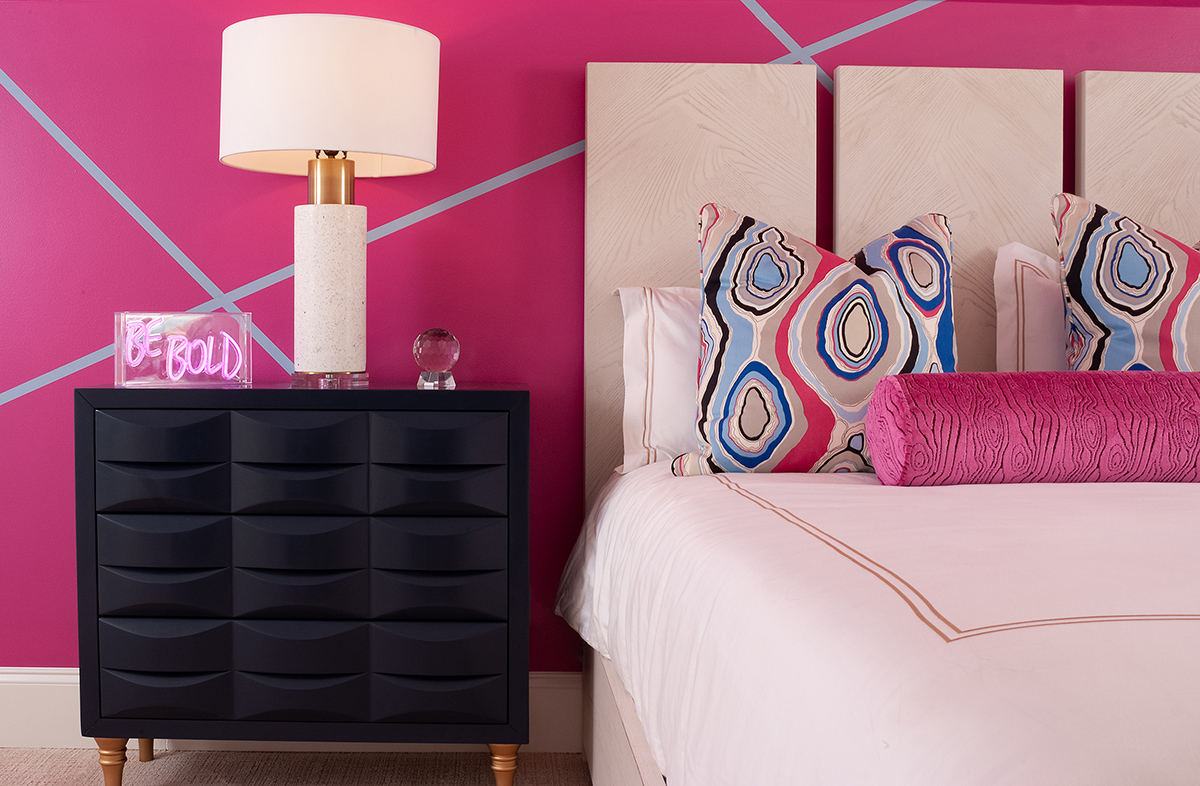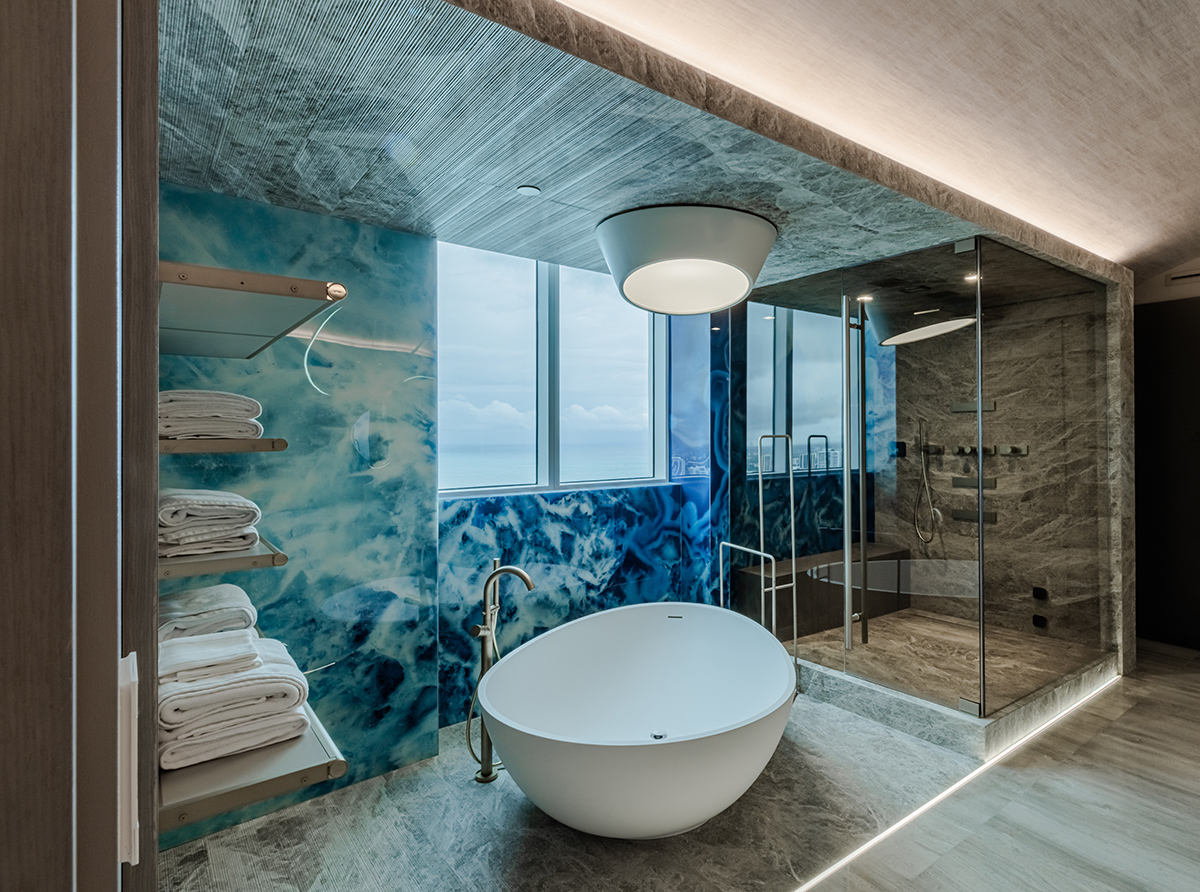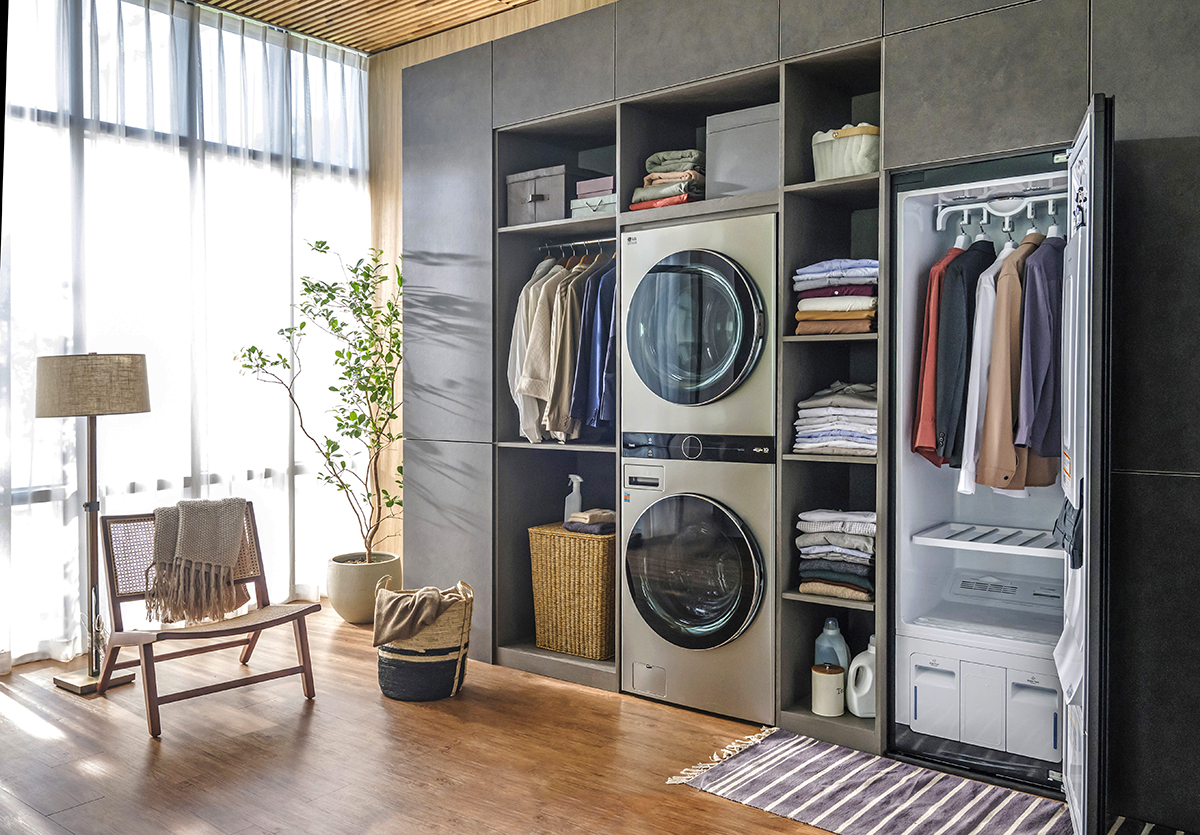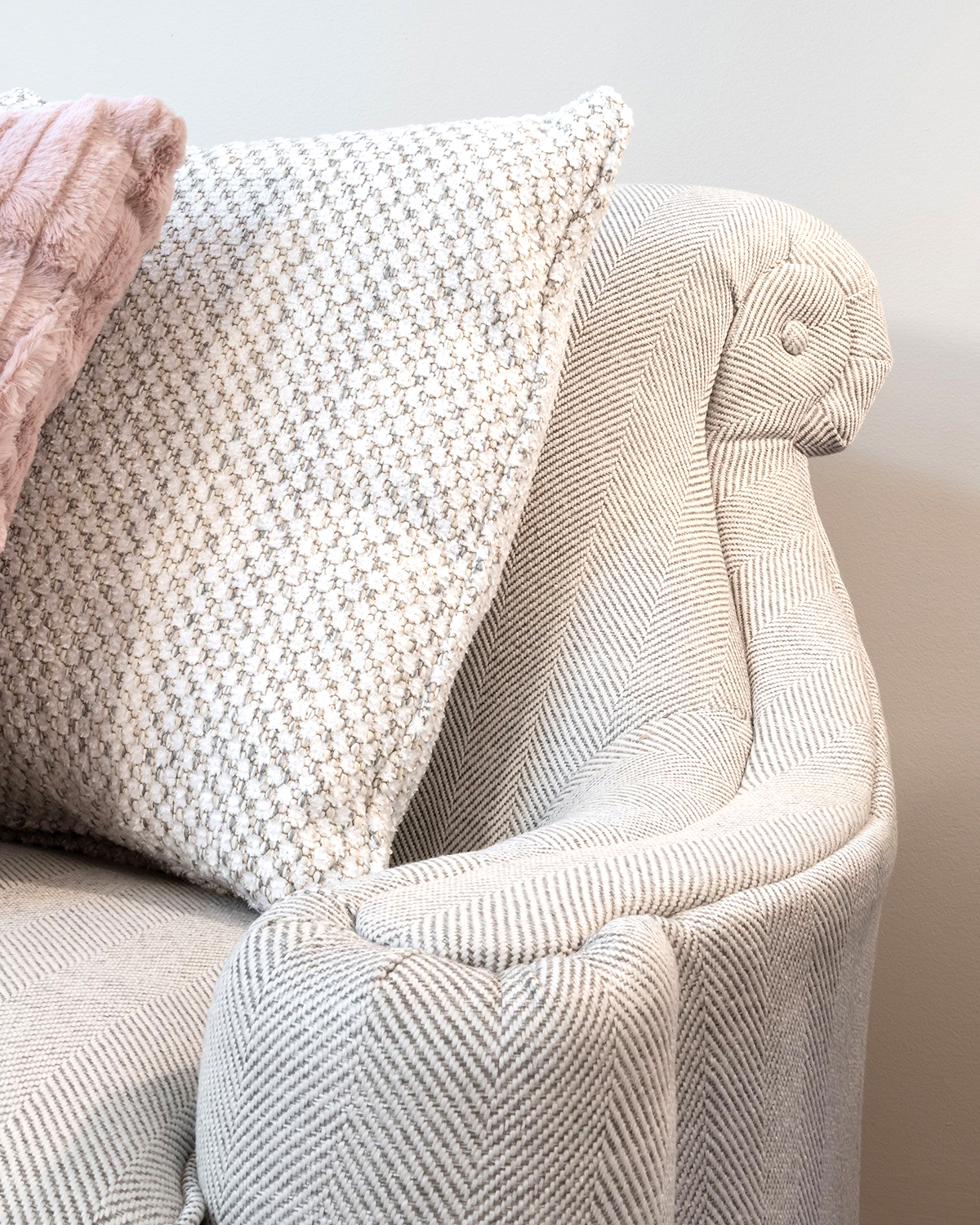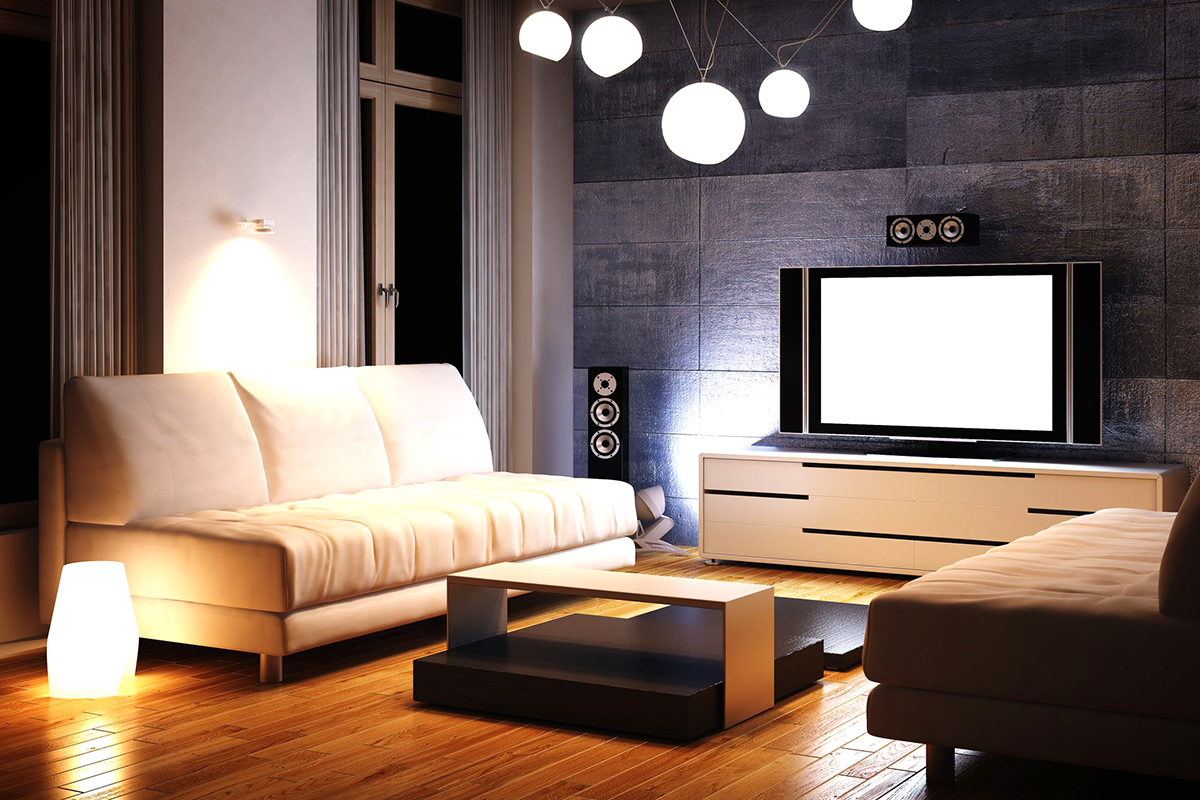WRITER | KIM HYTINEN
When it comes to functional design elements that can double as showstoppers for quality, beauty, and style, tile takes the prize. In any application, tile is durable and easy to maintain. The variety in design is nearly endless thanks to options in material, color, shape, pattern, and layout. With price ranges for every budget, tile is an attractive option for many homeowners. Trends shaping up for 2019 promise to infuse simple, classic style with modern aesthetics for an updated take on penny rounds and subway tile. Also popular are cement tiles and zellige (polished stone), both of which have been a staple material for centuries.
Penny Rounds
These small, round, closely set tiles first became popular more than 100 years ago. Easy to install and made of ceramic material, they are prized for their durability and adored for their versatility. Today, penny rounds are found in a variety of colors and patterns – on floors, backsplashes, shower walls, and fireplaces.
Kelly Hansen, interior designer and owner of State Street Interior Design Studios, incorporates penny rounds into her designs using metallic finishes or color blends. “We love penny rounds. They come in so many colors and finishes, and we can be very creative in how they are implemented,” she says.
Subway Tiles
Another favorite classic, the 3” x 6” rectangle tile that emerged in 1904 in New York City, is simply called subway tile. Offering symmetry and sophistication in an unassuming way, it creates a dramatic effect that’s sleek and timeless. Plus, they’re an affordable alternative to more pricey options, which means more impact without breaking the budget.
In 2019, the emphasis is on pattern. Herringbone dominated 2018, but, according to Hansen, parquet is quickly replacing it as the go-to look. For a twist on tradition, designers are also choosing contrasting colors in tile and grout or mirrored metallic finishes or frosted glass with basic colors in a stripe pattern. Both create a stunning result. Larger 4” x 8” tiles are trending, too.
Cement Tiles
Originally popular in France and Spain in the mid-1800s (and in Russia, Germany, and Barcelona before that), cement tiles are extremely durable and economical, which means they were often used in institutional settings in the United States. But times are changing. As consumers push for more environmentally safe products, cement tiles (often referred to as encaustic) are experiencing a surge in demand after a long lull in the mid to late 1900s. Made with natural materials that are 100 percent recyclable, these tiles lend an authentic feel that consumers can feel good about. And today’s version of cement tile come in a gorgeous array of colors, sizes, and imprints.
“They’re not very expensive,” says Hansen. “They’re hot now, but classic, too, because they have been around forever. “ Hansen says cement tiles come in a variety of Moroccan patterns that are a pleasing design element. “We see a lot in grey, black, and white that are just amazing.”
In addition to classic black and white, greige (a particular shade of warm grey) is hugely popular in tile and paint, according to Hansen. “Blush tones (pale pinks) have also made a comeback,” she says.
Zellige
Already trending on the west coast, zellige tiles bring texture and color to a zenith. Ages old, these tiles used to be made of clay. And although you can still buy clay or terracotta zellige tiles, there is now also a ceramic version. Available in a wide range of deep, rich colors or subtle hues, these glazed Moroccan beauties with a wavy surface are excellent for small spaces but also work well in any scale design. The tiles come in various dimensions and thicknesses that require keen attention to distribution, so hiring a design professional is advised to achieve the best result.
Although DIY projects are a mainstay in the design world, the more intricate the desired pattern and other variables, the less-stressful option of having it completed for you might be ideal. “We always recommend hiring a professional installer for your tile projects,” Hansen said. “It’s worth it to pay for it to be done right.” She estimates the labor cost to hire a tile installer is currently about $10 per square foot in Michigan.


